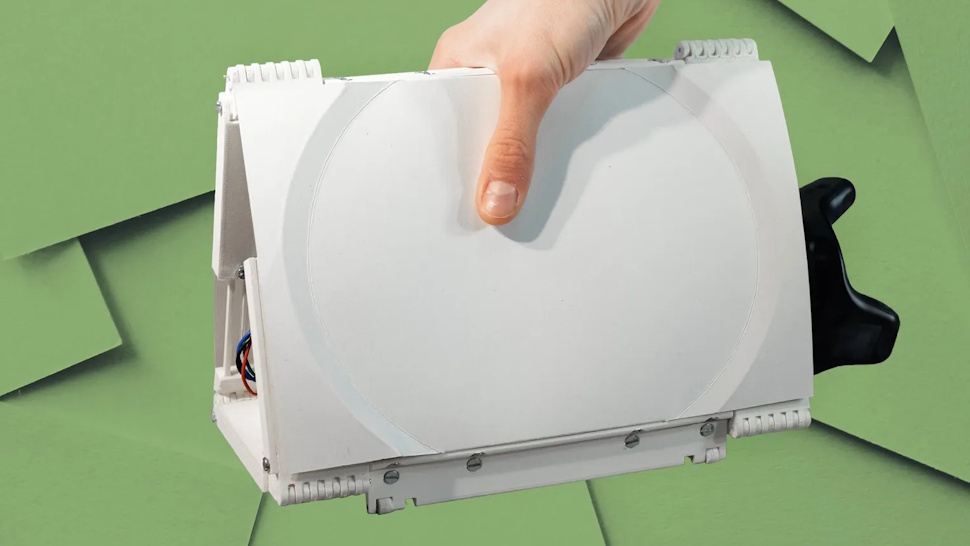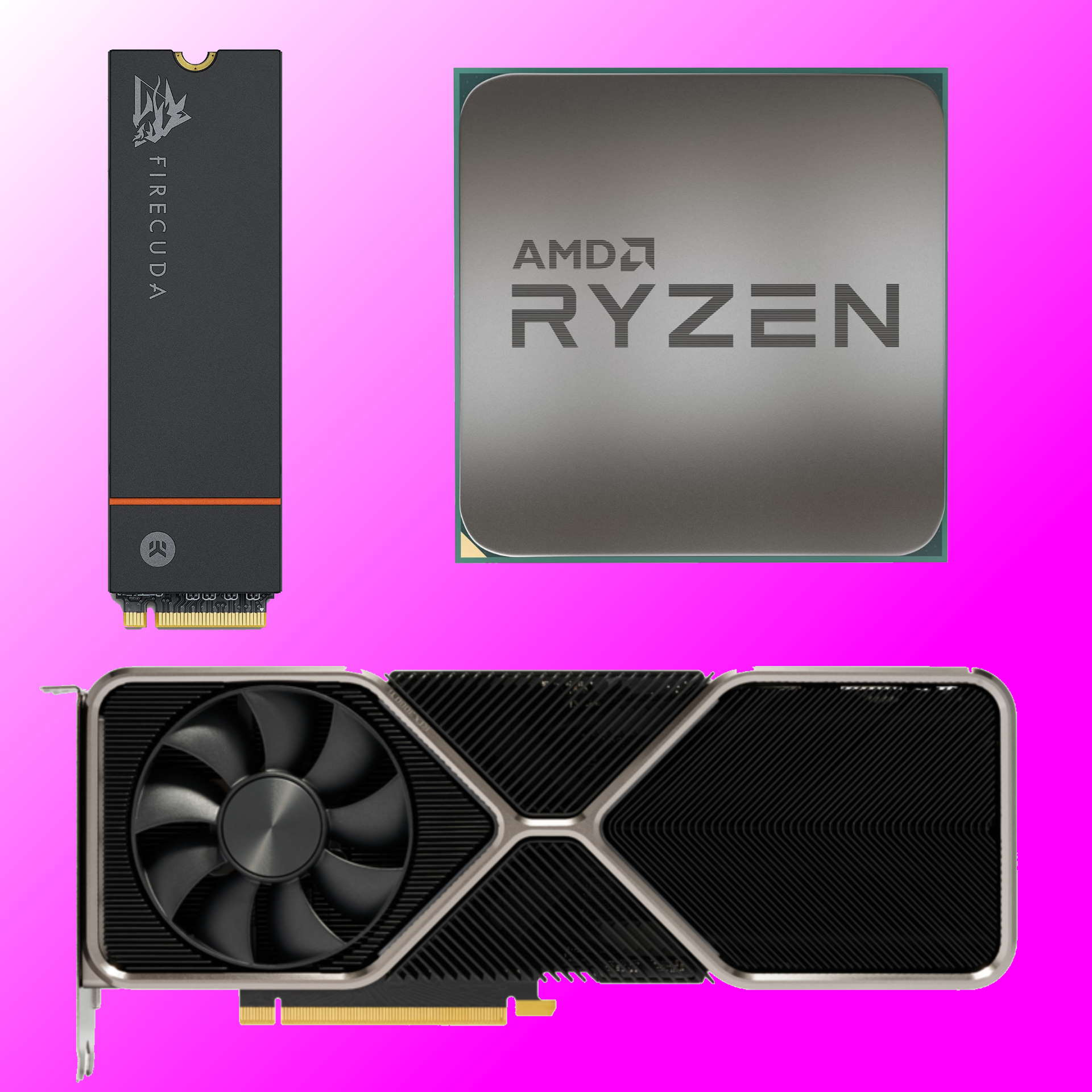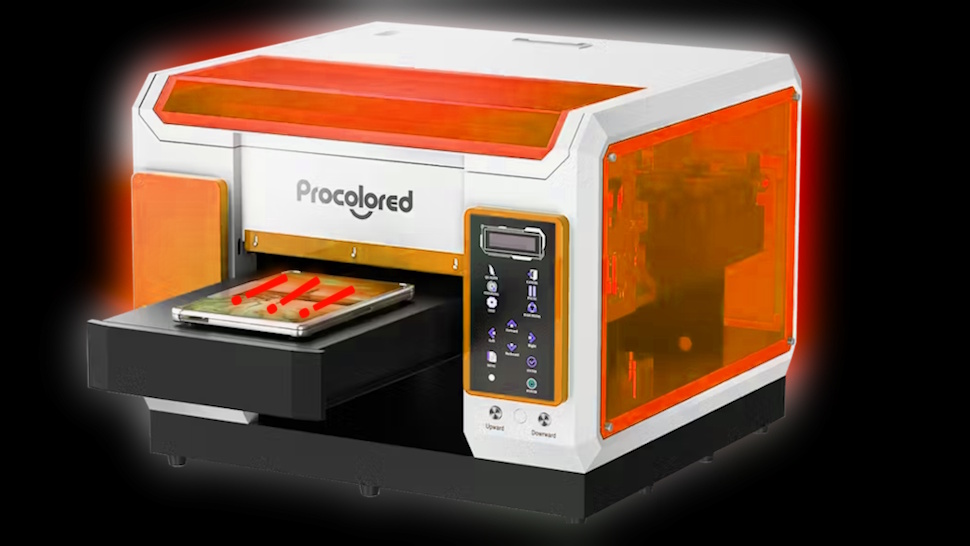
Reach out and touch, faith!
Something that always impresses me in videogame tech is our ability to make it feel like you’re doing something you’re not. It’s wild how quickly we get used to pushing buttons to control our virtual selves. Feedback for these interactions, on the other hand, has always been one of the weakest factors when it comes to interacting with these digital worlds. Things like rumble feedback, and even smell-a-vision can help with this, but they still don’t really come close to approximating touch.
VR is one of the fields making the strongest advancements with all kinds of haptic feedbacks, partially because it’s so often used for tech outside of games. These little innovations, usually designed for specific tasks, often make their way back to the gaming world. One such enhancement I’m hoping to see come to games is something a bit like this origami based Shiftly. A device designed to use complex folds to mimic various shapes and surfaces for use in VR.
IEEE Spectrum spotted Shiftly after its sister paper published a study where people tried out the device blindfolded and reported their feedback. It was then further tested in VR, and tested again at a conference in Los Angeles. Each time the users were asked to touch the device and then match it up with an image that most likely resembled what they were feeling. The resulting consensus seems to be that this little origami machine does a decent job of replicating most simple surfaces.
Moreover it can do it relatively quickly thanks to the origami design. For simple transitions, it can take as little as 0.25 seconds for Shiftly to transform. Even more complex ones take only around 4 seconds to complete a transition. Curves and waves seem to offer the best representation, while sharp diamond shapes were the most difficult to identify. Of course, Shiftly can’t do anything more complicated like a mug handle, yet, but it’s still cool to see what it is capable of so far.
“This could indicate that Shiftly can provide plausible haptic feedback for a wide range of surface geometries,” says Tobias Batik, an associate researcher at the Complexity Science Hub. Batik started work on Shiftly for his master’s thesis with the Virtual & Augmented Reality Group at TU Wien, in Austria.
As the tech is new, the use for videogames is fairly limited but it has my mind racing with possibility. Even in its current iteration, I can imagine using it to enhance my VR gaming experience. Imagine a game like No Man’s Sky where the different rock minerals on some of the trillions of new planets to be added have different textures when you touch them. Or even feeling slightly different handles for weapons you pick up in something like Gorn. Maybe a TekDek style finger skating game with ramps, or bomb defuser game like Keep Talking and Nobody Explodes with a morphing tactile box.
For now, my dreams will remain dreams, but I’m hopeful we’ll start to see some of these advanced haptics make their way to gaming soon. For now I’ll have to settle for my glorious VR treadmill antics without anything fun to touch.
Best CPU for gaming: Top chips from Intel and AMD.
Best gaming motherboard: The right boards.
Best graphics card: Your perfect pixel-pusher awaits.
Best SSD for gaming: Get into the game first.






